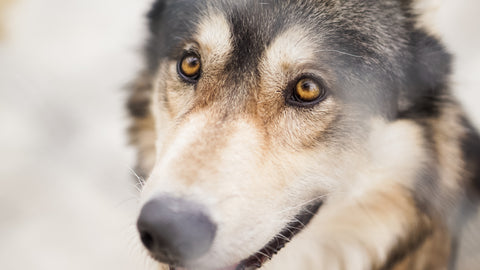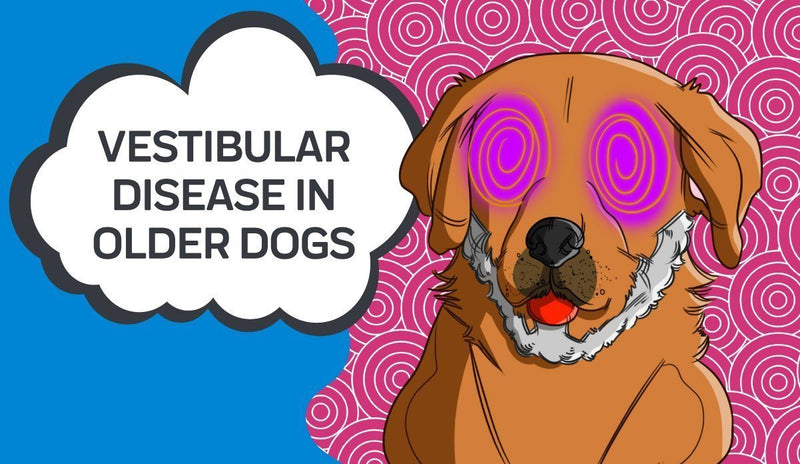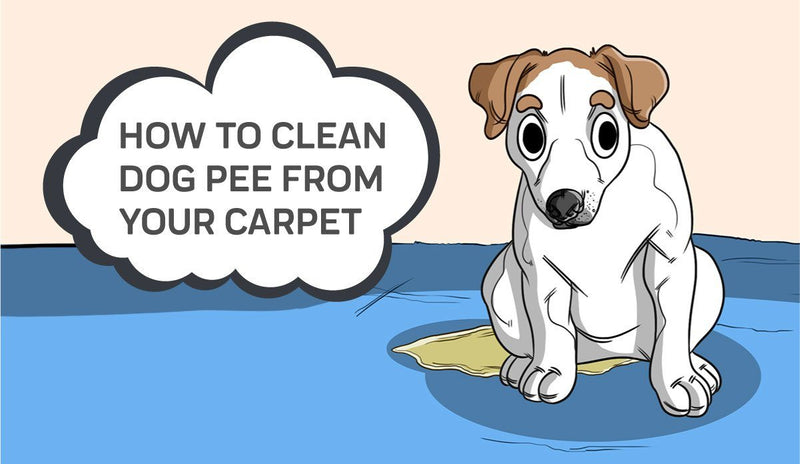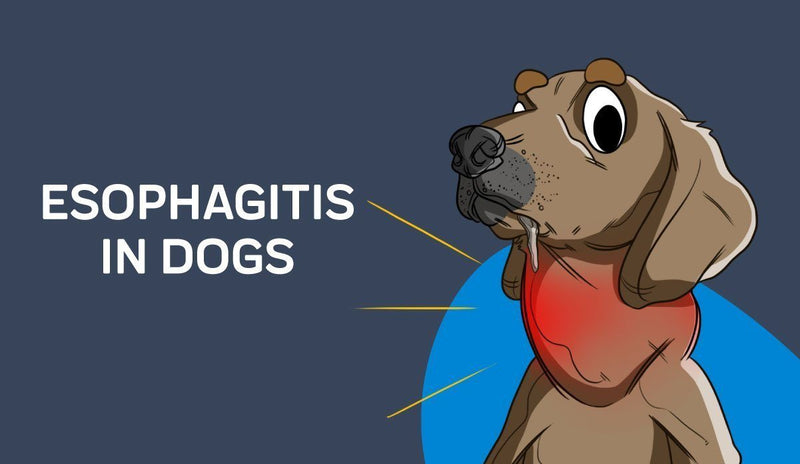
Have you ever wondered what the real difference is between wolves and domesticated dogs today? We all know that the two are closely related genetically and at some point down the evolutionary road, humans teamed up with canines and the domestication of some of them began.
Researchers at the Wolf Science Center in Vienna recently conducted a study of grey wolf pups to explore the idea that wolves lead and dogs follow. It’s the most basic premise that can pinpoint where the fork in the road begins between wolves and dogs. However, both cooperate well with humans, they say.
"It shows that, while wolves tend to initiate behavior and take the lead, dogs are more likely to wait and see what the human partner does and follow that behavior,” said Friederike Range, from the Konrad Lorenz Institute, at Vetmeduni Vienna University.
The research team began with a hypothesis that dogs didn’t develop any new cooperation or collaboration skills and instincts during the generations in which they were domesticated. They believed the collaborative traits of wolves provided a foundation for human-dog cooperation. What’s special about that initial hypothesis is that a lot of previous research has been started with the hypothesis to the contrary, typically assuming that today’s dogs would naturally outperform wolves in cooperation exercises. "Based on the canine cooperation hypothesis, we expected that wolves would cooperate with humans as well as dogs if early and intensive socialization is given,” said Friederike Range. As a control, the team was sure to include animals in the study that had similar levels of experience with humans.
And to conduct the study itself, the researchers observed 15 grey wolves (11 males and 4 females) and a dozen mixed-breed dogs (seven males and five females) in loose-string experiments alongside a human partner/trainer. Because each human trainer and partner worked with them daily, a strong bond was established in various settings. For example, in one test, a tray was set at a midpoint between the dogs and their partner and the wolves and their partner to see how quick each species would move to retrieve the tray via an attached rope. It required both the animal and their partner to retrieve the tray, so researchers were looking to see how cooperative each species was in accomplishing a task with their human partners. The human partner wasn’t allowed to gesture or try to command the canines in any way that would direct or help them, instead allowing the dogs to act instinctively. Researchers added an extra layer of observation by running controls in which the wolves and dogs would arrive at the tray precisely three seconds before their human partner in one test, then the dogs and canines would arrive precisely three seconds after their human partner in the other test. This allowed them to examine when or if the animals would proactively solve their problem or instinctively look to follow their partner. And this was the most significant point of difference between the two species in the research.
“Not surprisingly given the highly social cooperative environment of wolves6, our wolves’ success does not differ from dogs when presented with a task that requires cooperation with a familiar human partner. Wolves and dogs were successful on average in 61% and 49% of the trials in the spontaneous condition despite having no previous experience of this task with a human partner.”
“Overall, the data presented here reveal that when socialized with humans and kept under similar conditions, despite dogs showing deficits when cooperating with conspecifics compared to wolves, dogs and wolves do not differ in their ability to successfully cooperate with a familiar human partner,” the researchers wrote in their report. “However, interesting differences between wolves and dogs emerge when the details of the cooperative interactions are analyzed, showing that while wolves are more inclined to initiate behavior and take the lead, dogs are more likely to wait for the human partner to initiate going to the second tray and then follow.”
In other words, wolves do in fact lead and dogs follow. But what’s important to note in the human-canine connection is that both species cooperate with and work with humans — wolves are just a little more likely to initiate those interspecies engagements. Each species was just as likely as the other to find success with their human partner, yet they typically went about working with them in different ways. In the big picture, it even gives us a little insight into how the bond started to form between us thousands of years ago. The researchers suggested that domesticated dogs became so specifically because humans started selectively breeding the animals which were most likely to cooperate. This helped minimize conflicts between humans and dogs by establishing a dynamic in which humans lead and our four-legged-friends follow. The findings make sense for wolves as well, though, as we are well aware that dogs/wolves are social pack animals that rely on cooperation with one another for survival, for raising their young, and existing as a group in general. The same goes for humans, so it’s really been a perfect match all along, or more officially referred to as “convergent evolution” by researchers who pointed out both species have been exposed to similar environmental pressures and therefore, teaming up was a natural solution to their challenges.
Much of this same human-dog relationship examination is actually on display for the public in Los Angeles’ California Science Center, where the center created an entire exhibit devoted to the topic. According to archeologist Diane Perlov, the center’s senior vice president for exhibitions, the pairing goes back more than 10,000 years now. Both species would have recognized that the other was good at hunting, Perlov, noted, but whether or not wolves offered their services in exchange for security or humans made a conscious effort to domesticate them for their own benefit is the key to it all. So this recent study seems to just shine a little more light on how that relationship started to form.
















